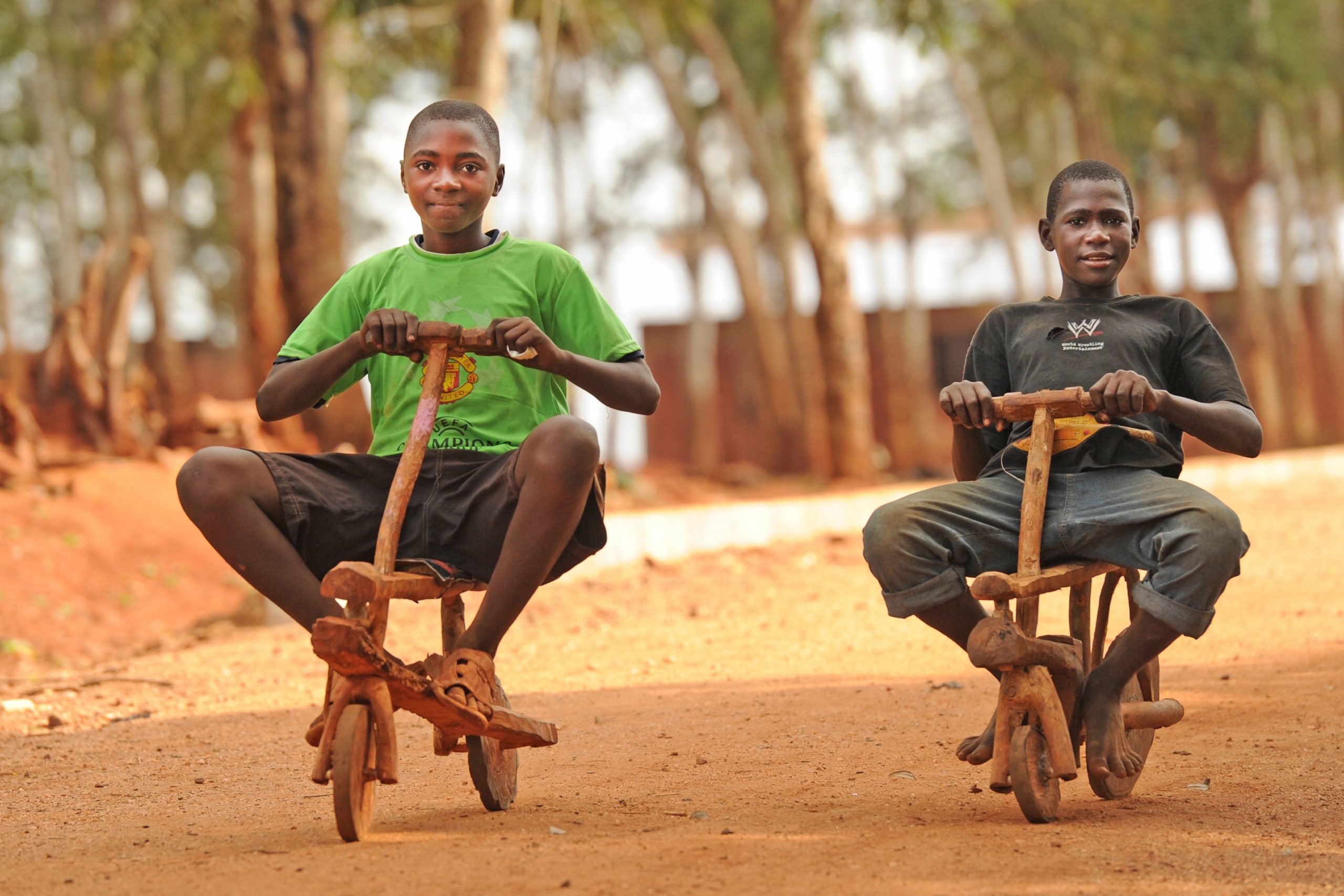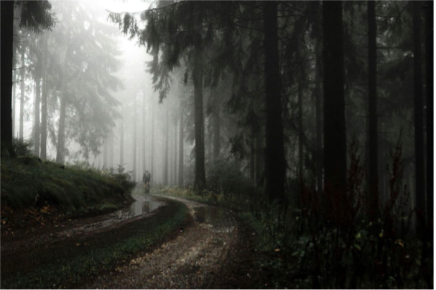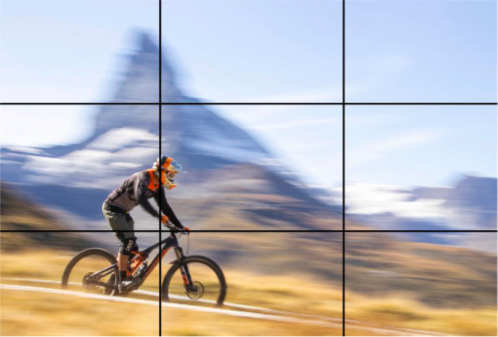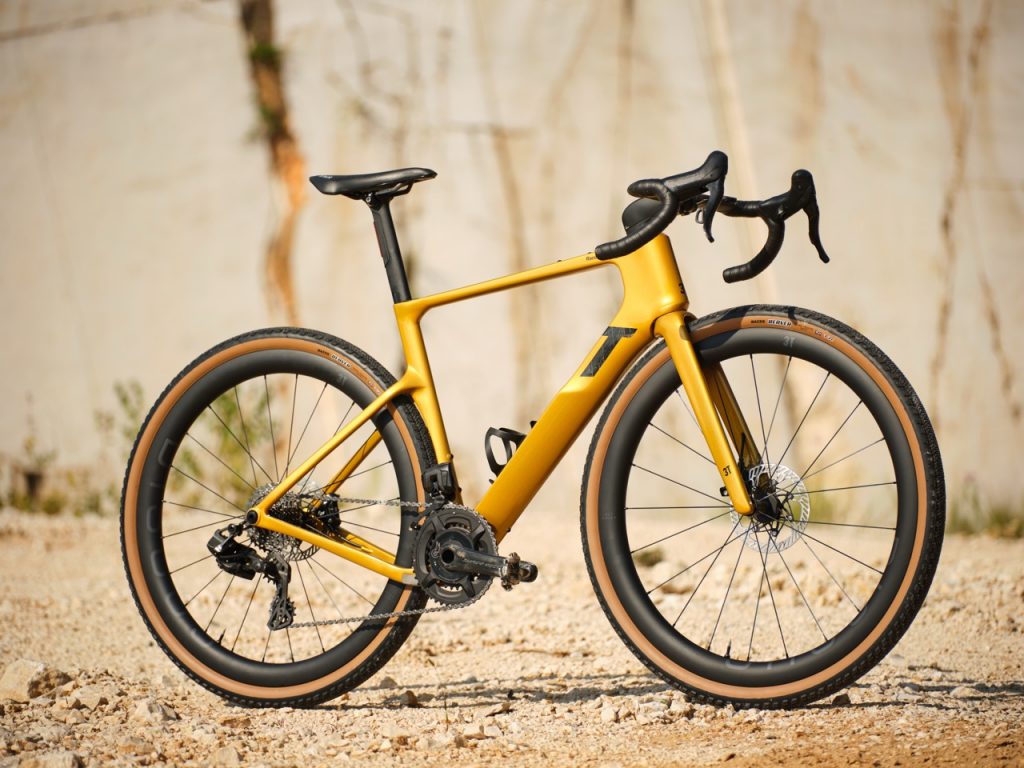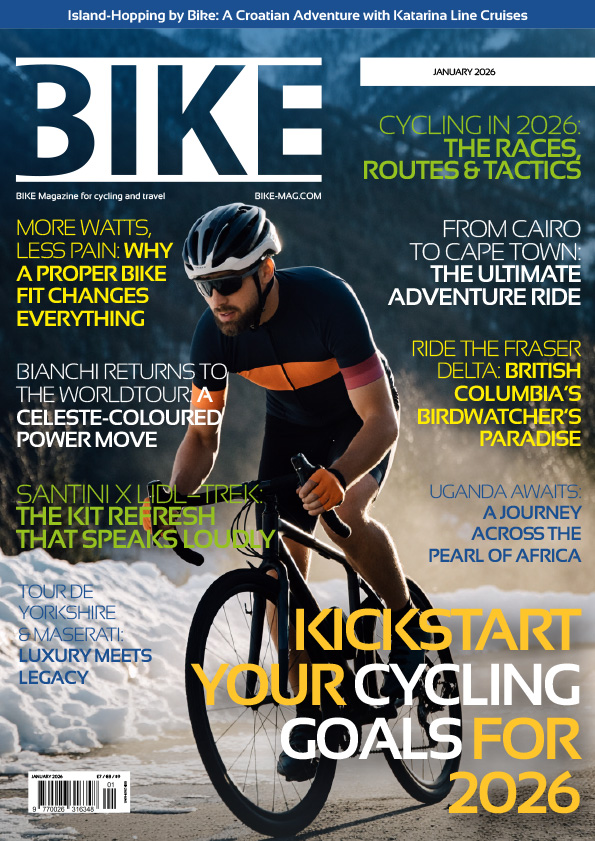(Written by Staff Writer Beth Turner)
The BIKE Magazine Photography Contest 2022 is underway, and this year’s competition is looking to be fiercer than ever. But with so many talented photographers after this year’s prize, it might sound impossible to score the perfect biking pic.
Luckily, this article is here to help.
Choose Your Category
The art of photography is a complicated one, with many factors to consider when shooting for that perfect photo. So, first, it is important to decide what sort of picture you want to take, before going out into the field.
The BIKE Magazine Photography Contest 2022 features 14 categories; Futurism, Pro Cycling, Road Cycling, Off-road Cycling, MTB, Cycling Holiday, Touring, Bikepacking, Sport, Nature, Architecture, Commuting, Tech Geek, and Open Theme. Each one focuses on a different aspect of biking, meaning your photographs for each category should also focus on that category’s unique characteristics.
For example, categories such as Futurism and Tech Geek focus on the technology of biking. Photographs that best emphasise a bike’s design or mechanics would serve well in this category, showing the newest technologies and innovations in the cycling world.
This is in opposition to categories like Nature and Architecture, where the emphasis is on the environments cycling can be found in. Photographs of bikes in lush landscapes or amongst rustic architecture are likely to be found in this category, with the technology of the bike taking a backseat in favour of the visual of bikes amidst unique environments.
Of course, every category is yours to interpret, but it is important to understand this interpretation, before going to the next step.
Choose Your Camera
Once you know what sort of image you want to take, your next step will be deciding how you will take your photographs. Modern photography offers a huge range of methods to take your photos, accounting for all budgets and technical know-how. However, every method has its pros and cons, and are worth looking into before going out to get that perfect shot.
Smartphone Photography
It is fair to say that almost everyone in the modern world owns a smartphone. Whether it be the newest model iPhone, or an android from a few years back, smartphones have become the norm, and have given everyone who owns one the power of photography.
Smartphone photography is an exceptional choice for those new to photography, due to its ease of use and accessibility. Shots can be taken in bursts to capture movement, timers can be set to capture tricky shots, and there are many built-in programs to allow on the fly editing of aspects such as saturation, brightness, and contrast.
Smartphones also offer a large storage space, meaning you can take as many photographs as you need to capture the perfect shot. It allows for practise and refinement, to take as many shots as you need until you get it right.
As Salva Fonolla, the Special Award winner in last years BIKE Photography Contest stated in an interview in our June issue, ‘talent doesn’t work without practise’, meaning that if you want to make the cut and be in with a chance of winning, you will need to practise your photography skills. Practise makes perfect, and smartphone photography makes practise easy.
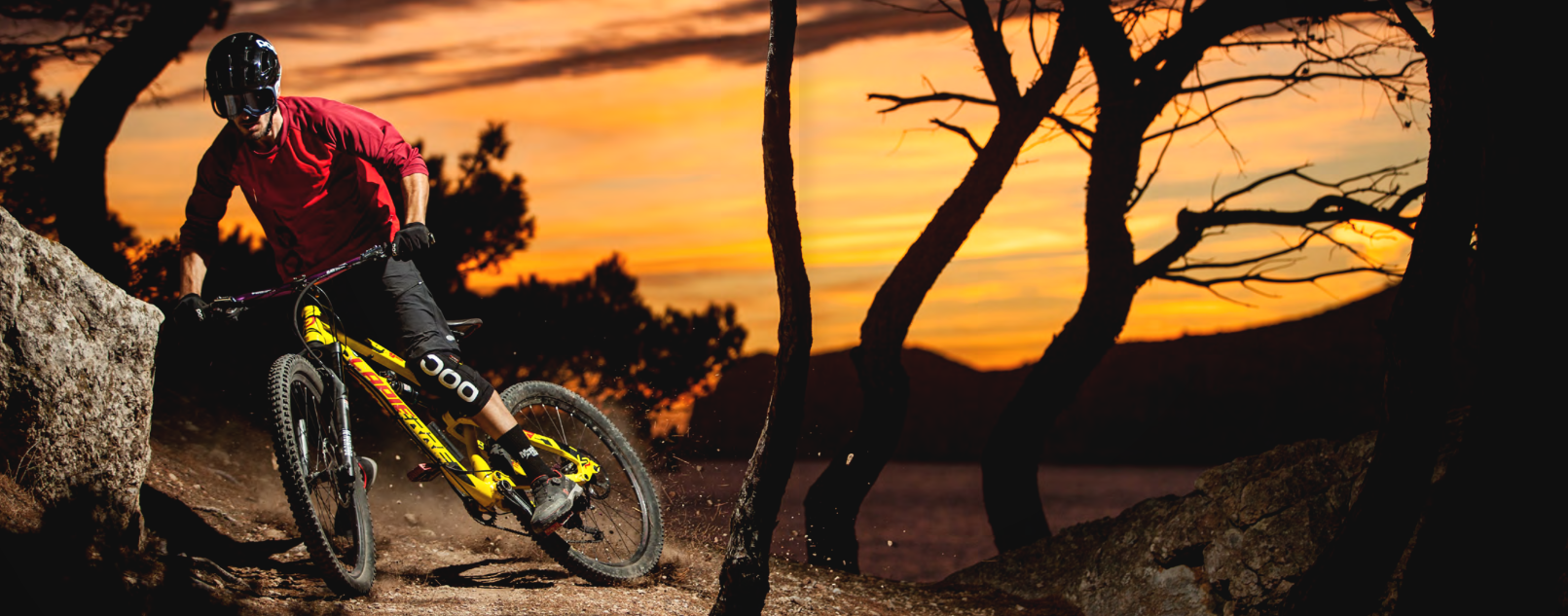
While many might worry about the image quality of smartphone photography, this is becoming less and less of an issue as technology evolves. The newest model iPhones boast camera technology once thought only available to professional digital cameras, with many Samsung and Huawei brand phones also boasting similar.
Furthermore, the quality of an image does not inherently affect it’s artistic quality. An image can be somewhat pixelated, or slightly unclear, and still be a phenomenal image worthy of the title of BIKE Magazine Photography Contest 2022 Winner.
Digital Photography
For those wanting the best image quality possible, however, your answer will lie with digital cameras. Many professional photographers in the current day opt to use digital photography when taking their photographs, due to the focus this technology puts in specifically to create the highest quality image possible.
Digital photography cameras, such as those produced by Nikon and Canon, offer a far higher image quality compared to smartphones, as well as more built-in options to allow more control of the images taken.
Furthermore, these cameras often come with replaceable lenses and other accessories, allowing these cameras to be customised to your specific photography needs. If you are a serious photographer, or just want to up your photography game, a digital photography camera is absolutely worth considering.
Film Photography
Despite the benefits granted by digital photography, there are photographers that swear by the magic of analog photography.
Analog photography consists of the use of cameras that take a finite amount of film, which must be developed after shooting. There is often no way of previewing these images before they are developed, and there is even less room for error due to the limited amount of shots on each roll of film. Furthermore, for many, it is difficult to control the outcome of these images due to the development process.
So, why would anyone choose film photography as their method of choice?
An article by Canva suggests that many of the difficulties presented by analog photography are actually a reason why analog photography should be considered. The uncertainty of the results, and the limited amount of shots per film, makes for photos which are wholly unique. The limited choice of images to submit, that may be affected by double exposure or lens flares, are unique to digital photography, for the reason that images taken on film will never be the same. Two images of a skyline taken on a smartphone will look almost identical, whereas on a film camera, these images may look vastly different.
Furthermore, film photography often comes with graininess and a distortion of colour, which many see as endearing or nostalgic. Almost all photography taken before the turn of the century was taken on film, imbuing even modern film photography with a sense of warmth and history. It is a look very difficult to add in post-production, and for many is the reason why they choose to take on such a tricky medium.
Therefore, analog photography is seen by many photographers as the ultimate test of skill; to take stunning images despite the limitations. The article suggests that film cameras provide insight into how photos are taken, as well as teach you a lot about light and colours, which can result in stunning photography.
Know Your Photography 101
With an idea in mind, and a camera in hand, it’s now time to go out and take those photographs.
Consider Your Location
Location is key when taking your photographs. The backdrop to an image can often be what defines it, whether that be the backdrop of nature or of man-made structures. What does the backdrop bring to the image? What information about the image does the backdrop bring? Comparing the locations of these two image makes the impact and meaning behind the photographs clear.
Consider Your Environment
The weather and time of day a photo is taken can drastically affect the resulting image. Photos taken during the day, when the sun is out, tend to look bright and happy. Whereas photos taken at night, or when it is raining, tend to have a more mysterious, emotive effect. As Robert Apjok, last year’s Nature category winner, explains when he took his photographs; ‘we’ve intentionally waited for bad weather, we wanted this strong look and it plays a crucial role in its success’.
Make sure you use tools that work with the environment you are in. Some cameras are good at taking photography in low light, whereas others are not, and images with lots of bright sunlight may be difficult for some cameras to capture in good detail.
Consider Composition
Finally, a knowledge of composition theory is necessary to take the best photos possible.
An article from ThoughtCo. lists the eight key elements of composition; unity, balance, movement, rhythm, focus, contrast, pattern, and proportion. These are essential to understand in order to take a photo, lest the subject be too close to the camera, the colours be too alike to distinguish anything, or the focus of the image be lost.
Other aspects of composition theory include ideas such as the Rule of Thirds, Leading Lines, Forced Perspective, Colour Theory, and the Golden Ratio. These theories are more technical and focus more on the aesthetics of an image, however are extremely commonplace amongst professional photography.
The Rule of Third, for example, visualises all images as being xxx on a 3×3 grid. This helps photographers to line up their shots to be the most effective, as well as determine where points of focus on the image should be. Use these techniques to elevate your photography, and make them more dynamic and visually pleasing.
Final Thoughts
As last year’s Sports category winner Joan Aizpuru said in our August issue, place, moment, and technique are part of what makes the perfect photo. But another factor is luck. Being lucky enough to catch the perfect weather, the perfect lighting, the perfect angle. All to catch what you hope is the perfect photo.
So good luck!




